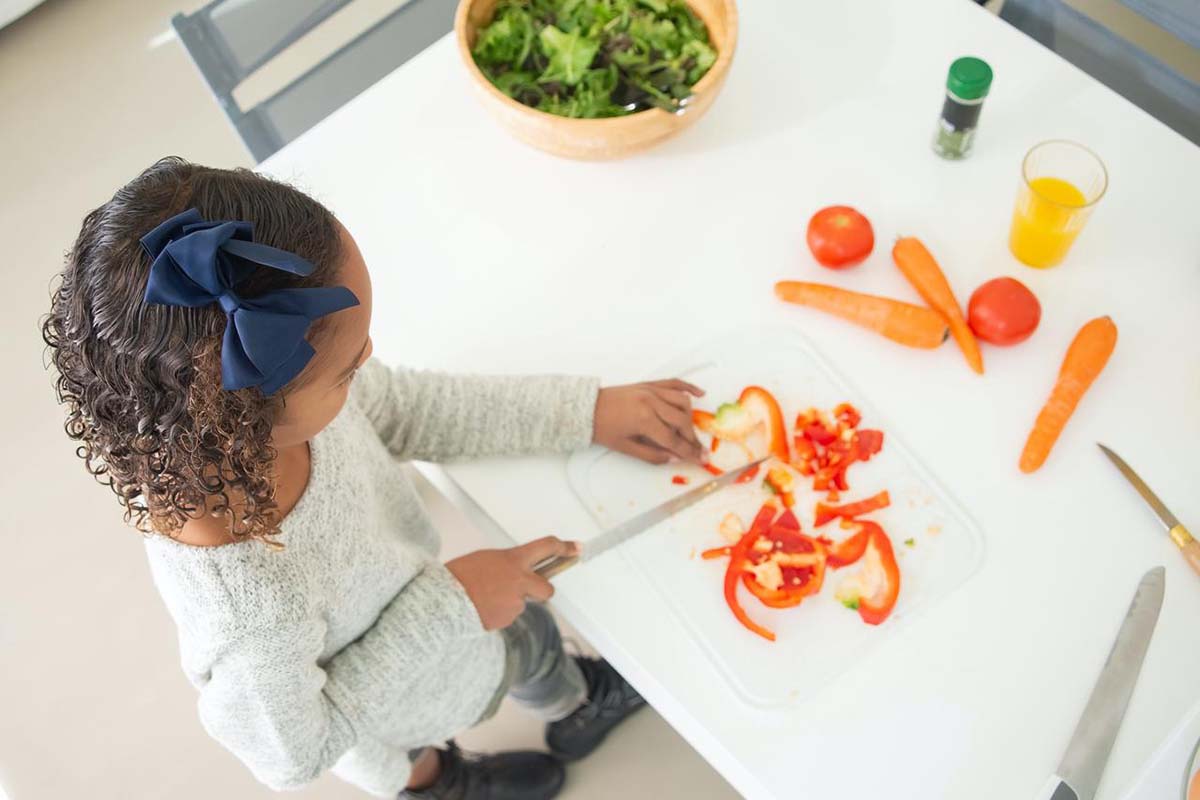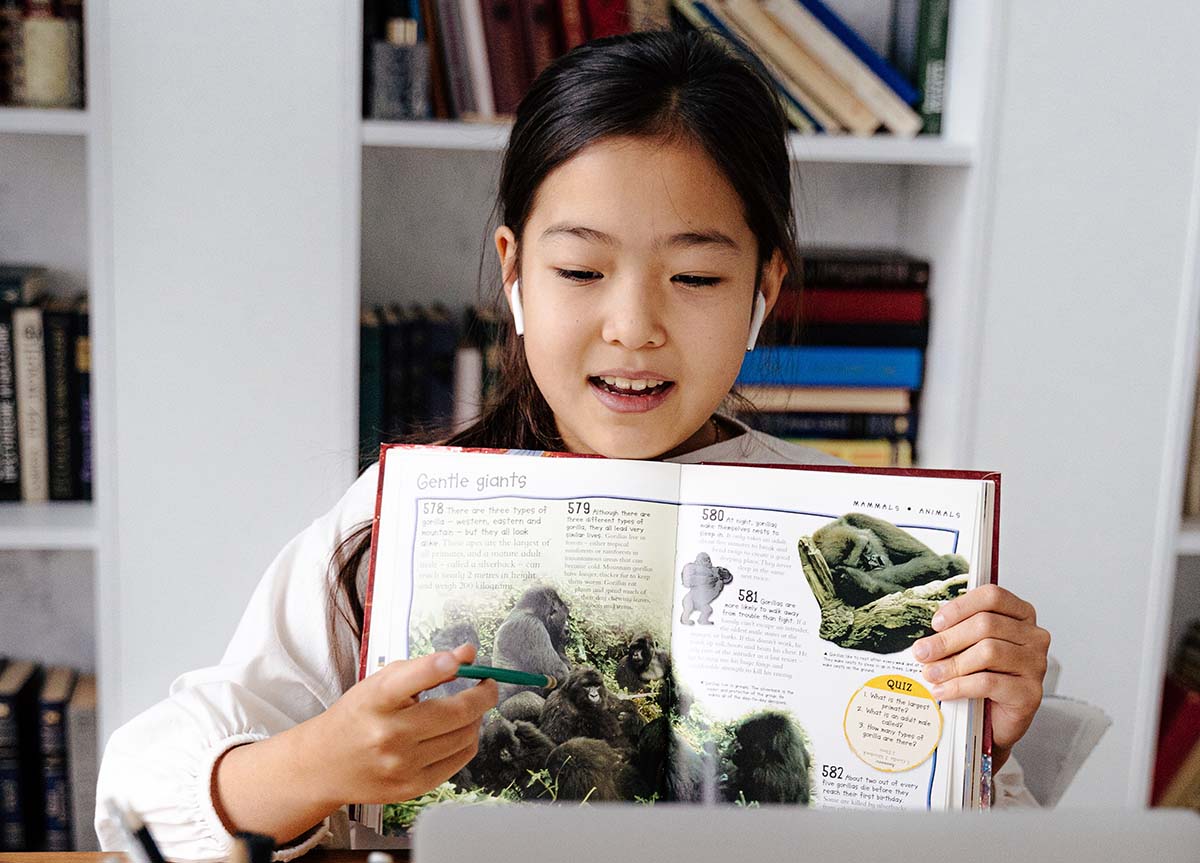
Learning second grade math is an exciting journey for kids and parents. Remembering that math isn’t just about memorizing numbers and tables can be tough. Finding real world ways to use those second grade skills make math an exciting, and fun, part of life. From screen time to snack time, math makes life more exciting. Math is going to be used everyday, whether kids realize it or not. Pointing out how these skills are being used, makes math less scary and feel more second nature. So here are 4 great ways second grade math can be used throughout a student’s day, they will be excited about.
Why Second Grade Math is Important?
The math skills you learn in second grade are some of the most important you will learn in life. Second grade is focused on counting and doing addition and subtraction up to 1000, telling time more exactly, and money. These are all skills kids need to be comfortable with when entering the work place. It may sound strange to think kids learn job skills in the second grade, but think about how much those skills are used.
Setting up schedules, budgeting, planning for the future, and managing person money are skills people aim for. As kids go through second grade and beyond, those skills should become second nature. The better understanding kids have in second grade math, the better foundation they have when learning more complex concepts. Prepared and confident in what they know, helps kids not have fear and anxiety for future math. Nothing builds confidence like practice, and with these fun ways, kids can practice in and out of school.

1) Math and Games
Go play! Games are a great way to make math a fun challenge that kids don’t find boring. From board games with the entire family to making screen time a little more educational, play is a great way to practice second grade math. With websites like Math Playground, kids and their parents can find the perfect games to match with what they are learning in school. Finding the right games for what children are learning make practicing math a fun challenge not a forced chore.
It’s not just educational games that help kids use math. Games like Roblox and Minecraft include math concepts. Don’t let the kids have all the fun, join in. Card games like Uno or Crazy 8s are simple games where math is part of the play. There are also board games made specifically for math learning, like Check the Fridge or tri-FACTa!™ Addition & Subtraction Game are a fun way to learn together.

2) Math and Hobbies
It’s exciting to watch kids discover new interests and passions on their own. Sports, art, music, and countless other hobbies are ways kids develop who they are and build relationships with others. According to the CDC, children between 6 and 8 are interested in finding their place in the world and wanting to work with their peers. This might mean developing hobbies or being interested in joining after school activities. Finding ways to connect what they are interested in with the math the are learning is a great way to show the importance of math in everyday life.
Sports are filled with math. Helping kids understand player stats and keeping track of scores are great ways to include second grade math concepts into their new hobbies. Hobbies like dance and music are all about timing and math concepts. Counting dance movements with beats or learning how to read and perform music are all filled with math. Using these skills, with hobbies kids love, not only helps them see the importance of math but also helps build confidence through practice. When kids find something they are passionate about, they want to learn, so find ways to make math a part of that passion.

3) Math and Chores
People use math everyday with out thinking about it. Planning your schedule, making food, and even doing laundry all include ways to use the math you learn in the second grade. Kids learn addition and subtraction up to the number 1000, measurement, and how to keep track of time. These skills become second nature when they do them everyday. Doing chores can helps kids feel more independent. Children who help make cookies for the first time, or are trusted with doing the laundry start to understand how what they are learning in school can be used in the real world.
Parents and children get excited when their kids are able to do more for themselves. It shows their maturity, growth, and also gives mom and dad a few extra minutes to finish the last episode of their favorite show. While helping kids learn skills is fun, understanding how these chores include the skills they have learned is key. This is a great way to get away from that feeling of ” When am I going to use this in the real world?” that can come with more challenging problems. When kids understand how those skills are used to make life easier, it helps create interest in learning new skills. Getting an allowance for chores doesn’t hurt either, and helps kids learn about money too.

4) Let Kids Explain What They Know
Kids can explain things in the easiest and simplest ways. Doing math problems or filling out a worksheet can be a good way to tell how a child is doing and what they need to work on. However, the best way to know if a child has mastered a skill, is that they can explain it to someone else. For many parents, the deeper a child gets into their education, they might need a refresher to understand what their children are learning in order to help them with their homework. When kids are able to explain a math concept, in a way even their parents can understand, it’s proof of their knowledge.
Learning from children isn’t just about testing their knowledge, it’s also about building confidence. Confidence in math is a great way to help kids from feeling math and test anxiety. The ability to teach others, is a great way for kids to realize they truly understand a subject. With this confidence kids go into a test more comfortable, take their time, and review their answers. Math is a skill people work hard to master. Being a master at any skill feels good, so don’t be afraid to let the kids do the teaching.
Math shouldn’t just stay in the classroom. Everyday, second grade math is used by people of all ages. While it may seem like second nature, the things people learn in the beginning of their school career are important. Showing kids the importance of these skills makes them aware of how it will be used throughout their lives, and can help them develop confidence. Not only is it confidence in math but also in their ability to be independent and do things on their own or with their friends. Second grade math is another step in the exciting journey of growing in math and in life.
Spark Math by VISPARK uses live teachers and gamified learning to help make math more engaging and fun for all students. Sign up for a FREE trial class today or try some of our interactive math game demos!
Classes are for children ages 5 to 9. Learn more about how Spark Math by VISPARK helps test preparation, grows math scores, and makes learning fun for your child! Sign up for a FREE trial class or contact one of our education consultants to learn more at inquiry@sparkedu.com or 1-888-890-3332.




